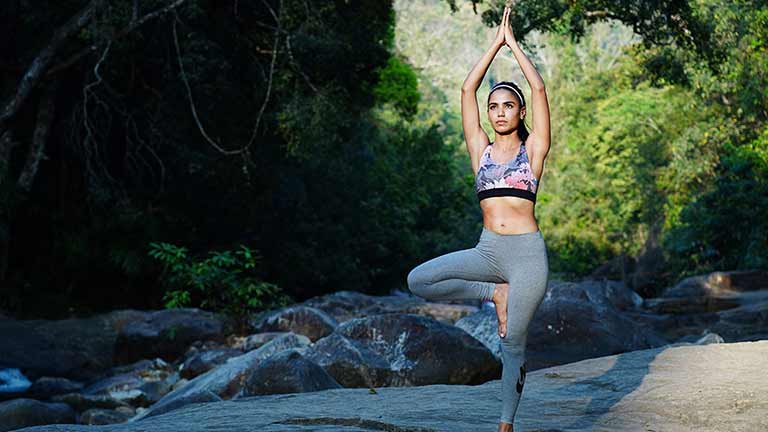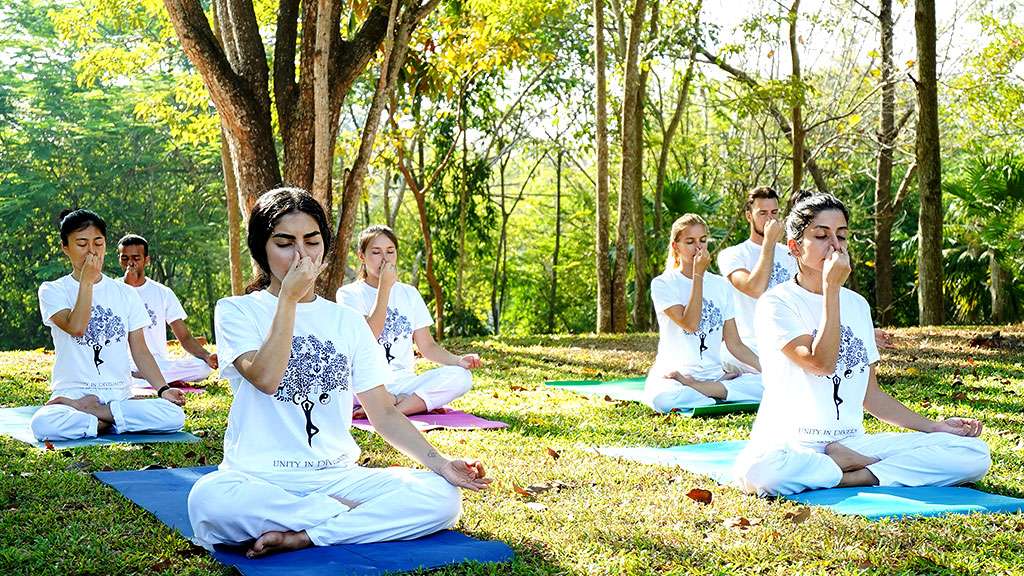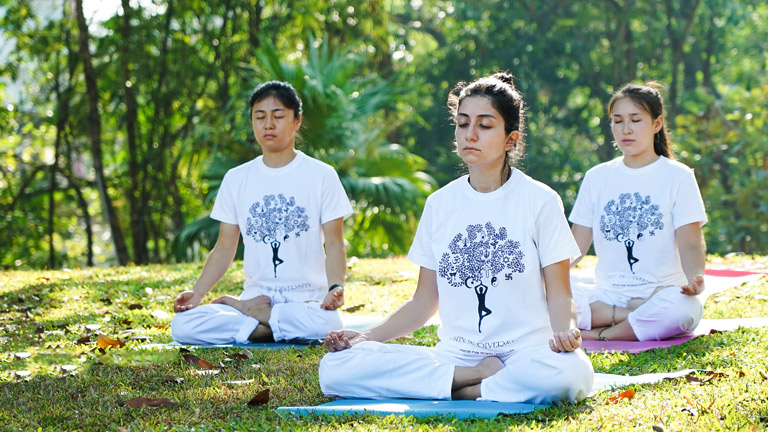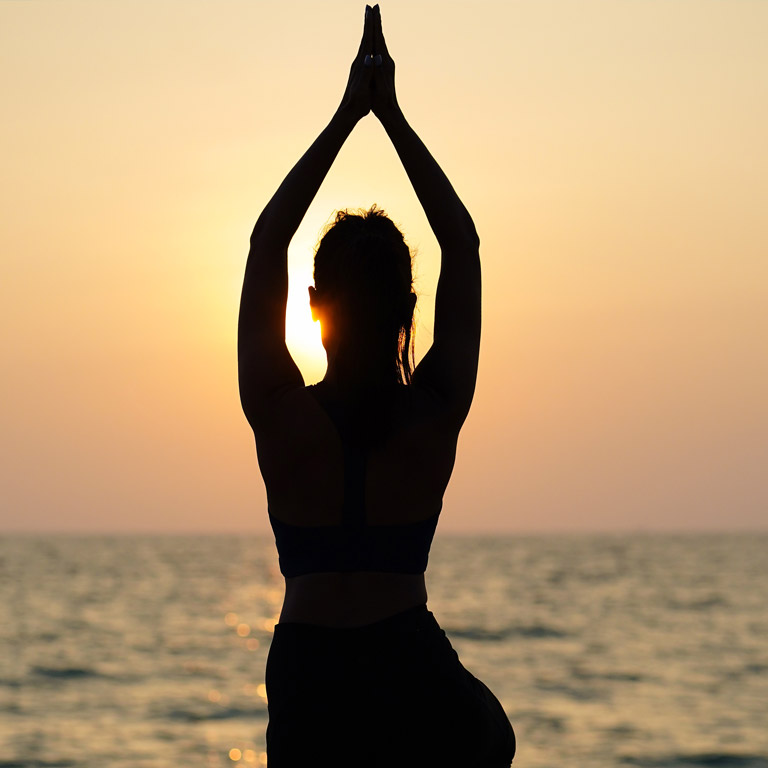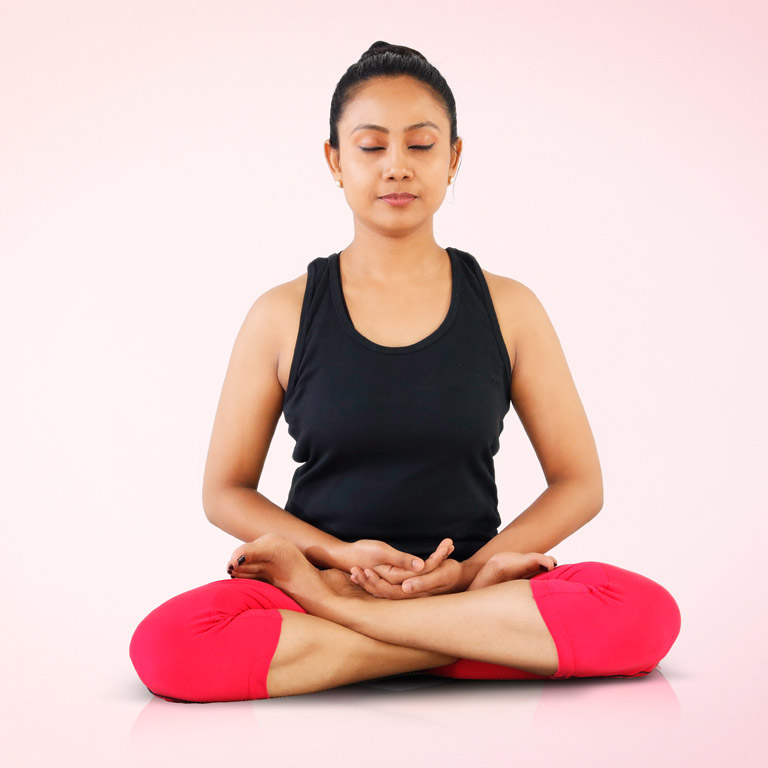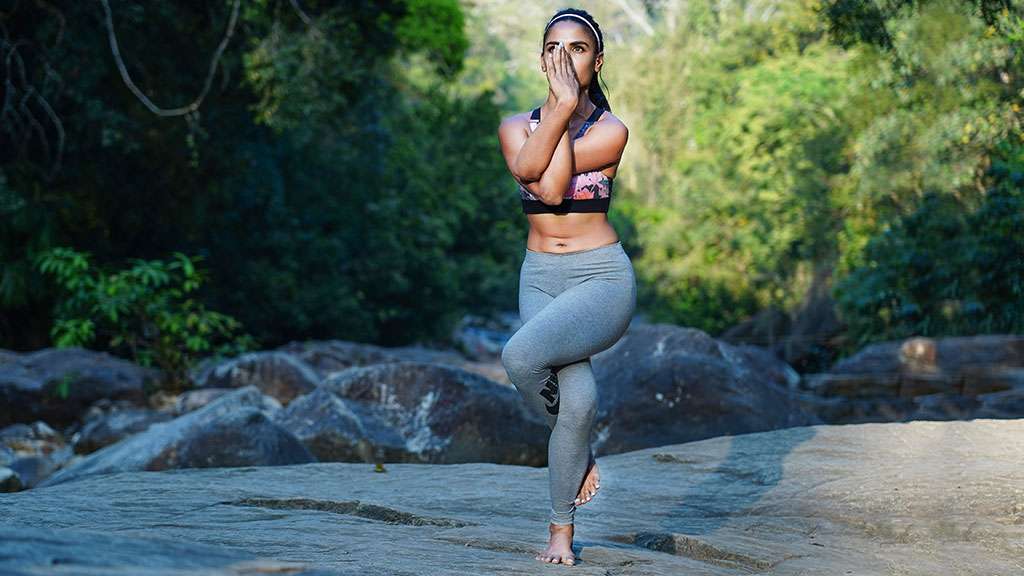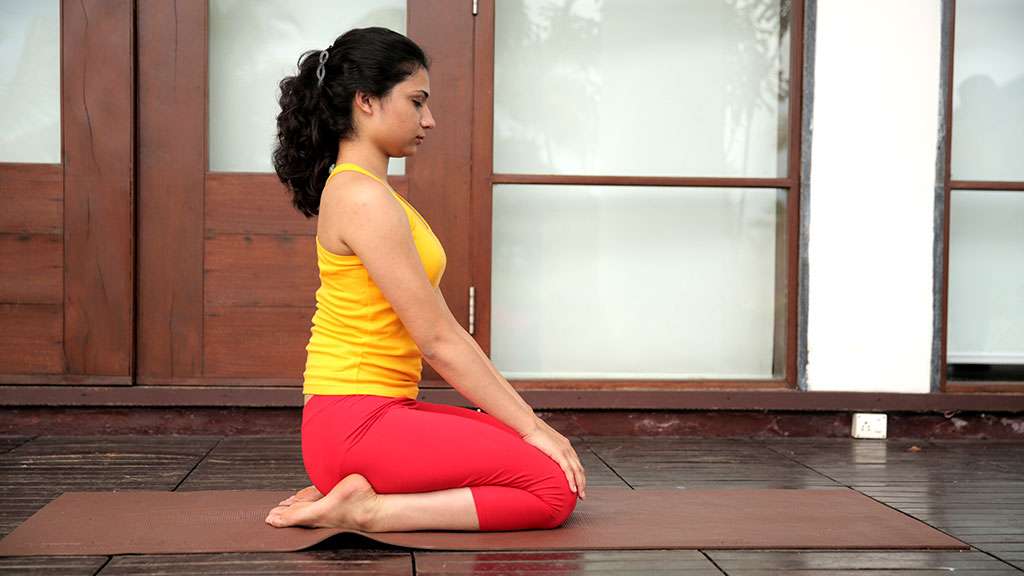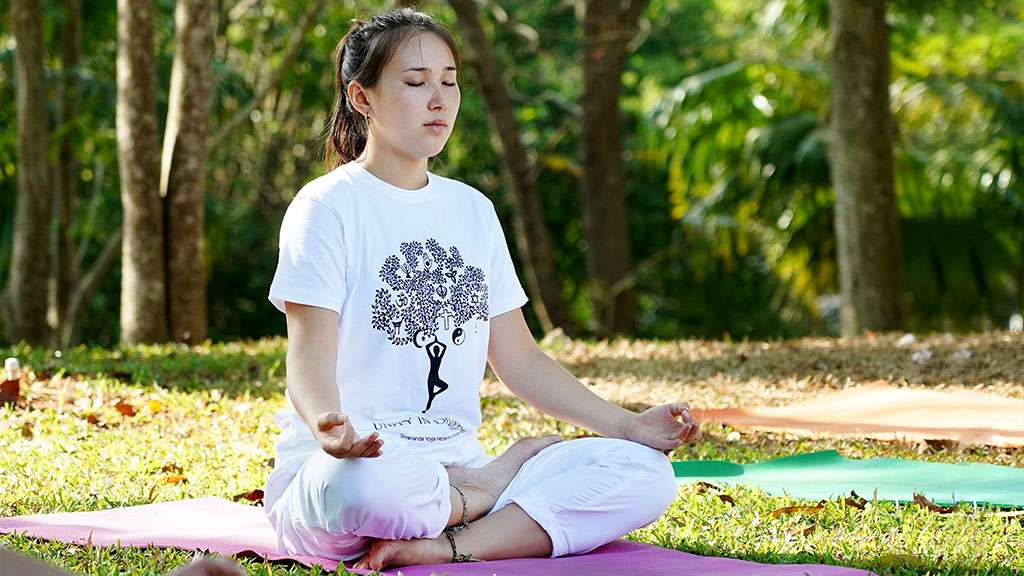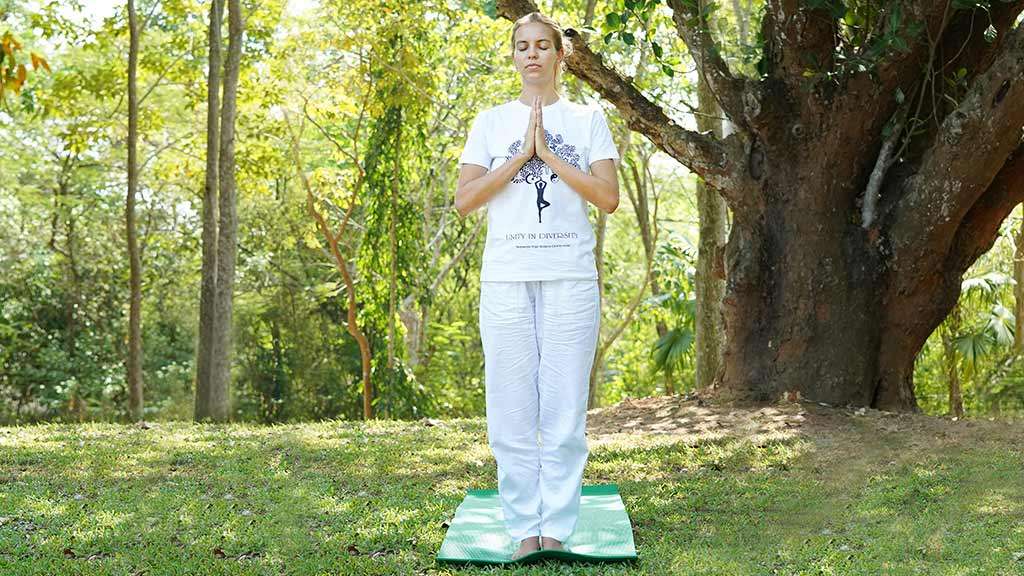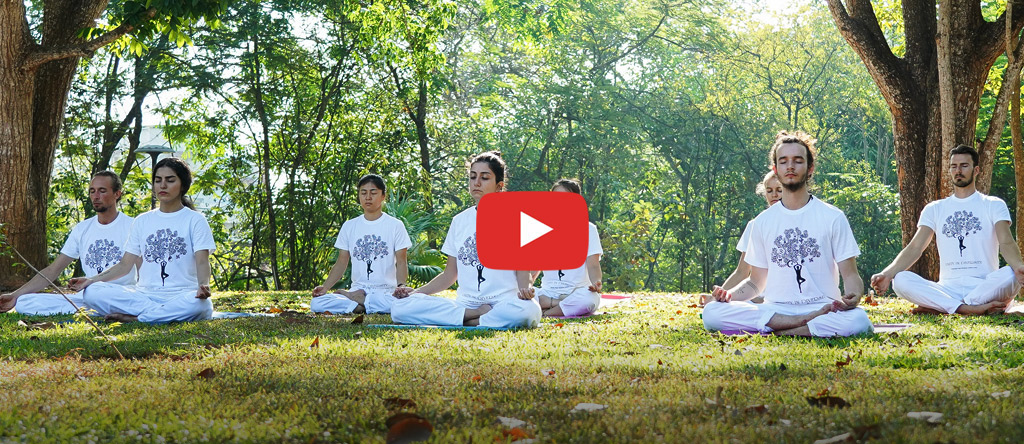Yoga as a Spiritual Practice
Outside of the Vedas, other Sanskrit texts like the Bhagavad Gita also extensively detail the practice of yoga. In fact, the Gita refers to yoga as a spiritual practice more ancient than itself. Seals that have been excavated prove the origin of the yogic tradition in India. They date back to the time of the Indus Valley civilization. This establishes that the spiritual practice of yoga was explored in India as early as between 300 and 200 BCE. The seals are marked with diagrams of postures that are central to the practice of yoga. This evidence proves that yoga, or some early form of it, was a spiritual practice that had gained currency in the Harappan civilization. While the Vedas, the Upanishads and the Gita explain the yogic philosophy, the discipline has evolved over the centuries. The texts have been interpreted in different ways and the philosophy has grown as a result of the different influences that have worked on it. The adoption of yoga by other religious groups is one such factor.




